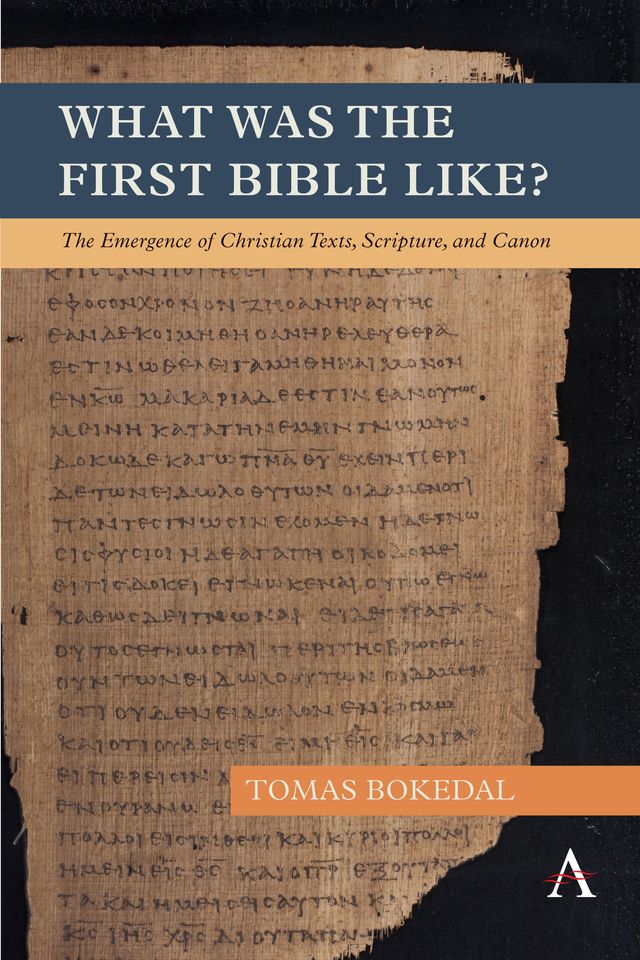Tomas Bokedal
ISBN: 9781839989308
Pages: 250
Pub Date: April 2027
Imprint: Anthem Press
Tomas Bokedal
ISBN: 9781839989308
Pages: 250
Pub Date: April 2027
Imprint: Anthem Press
This book explores the emergence of the first bible, with particular focus on second-century Scripture, the earliest New Testament, and the canon formation process. The fourth-century Codex Sinaiticus, which contains the earliest extant complete New Testament, is used as a template to detect textual features of second- to fourth-century scripturality. What does this luxury manuscript, kept at the British Library, reveal about Christianity’s literary journey from oral gospel message to canonical text? What does it tell us about nascent Christianity as a “bookish” religious movement?
The New Testament of Codex Sinaiticus has four well-designed sub-collections: four Gospels, fourteen Pauline letters (including Hebrews), Acts + seven Catholic Epistles, and Revelation (as well as two additional ecclesial writings, added at the end). Other ancient manuscripts place Paul after Acts and the Catholic Epistles. Whereas literary canons of the writers of classical authors were largely priority lists that were in principle open or arbitrary, the second- and third-century Christian New Testament and scriptural canon tended to draw a sharp distinction between books being included and books excluded from the sub-canonical collections of sacred Scriptures. Another distinctive feature was the Christian endorsement, from earliest times, of a new book format for their Scriptures, abandoning the standard scroll for the so-called codex, or leaf-form of book – that is, the modern book format, with text written on both sides of the page. As the early Christian movement used the new book format even for the Jewish Scriptures, some scholars have described this as a physical conquest of the old Scriptures by the church. The codex eventually attained the position of a sacred artefact, and was soon depicted as the symbol of the word of God in Christian art. As early Christians were “constitutionally oriented to texts,” Scripture reading and interpretation continued to be at the heart of corporate worship, missionary preaching and apologetical discourse. When the new religious movement became culturally endorsed from the late Roman period onwards, the Christian codex and Scriptures eventually emerged as “the great code,” variously inspiring a broad range of literary and other societal domains.
A further peculiar textual feature in these early bible manuscripts was the regular highlighting of certain names or concepts. These so-called nomina sacra (sacred names) included words such as Jesus, Christ, God, Lord and Spirit. These were usually demarcated by contraction, first and last letters, supplied with a horizontal overbar, and were thus very visible, perhaps to instill respect and special reverence in the reader. The Greek name for Jesus, ΙΗϹΟΥϹ (Iesous), was written as ⲓ̅ⲥ̅, and those for God, Lord, Christ and Spirit as ⲑ̅ⲥ̅, ⲕ̅ⲥ̅, ⲭ̅ⲥ̅ and ⲡ̅ⲛ̅ⲁ̅, respectively. Some manuscripts added further emphases. In the sixth-century Codex PurpureusPetropolitanus, for example, these five nomina sacra were written in golden letters. These and a range of other textual-interpretative, ritual and paratextual aspects of the Christian Scriptures are discussed throughout the book as well as their impact on the wider Roman and Medieval literary cultures, and beyond.
